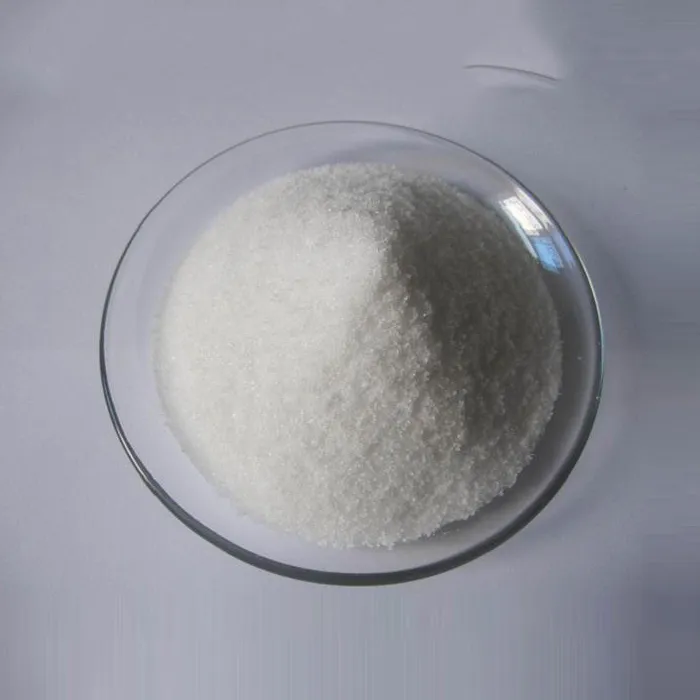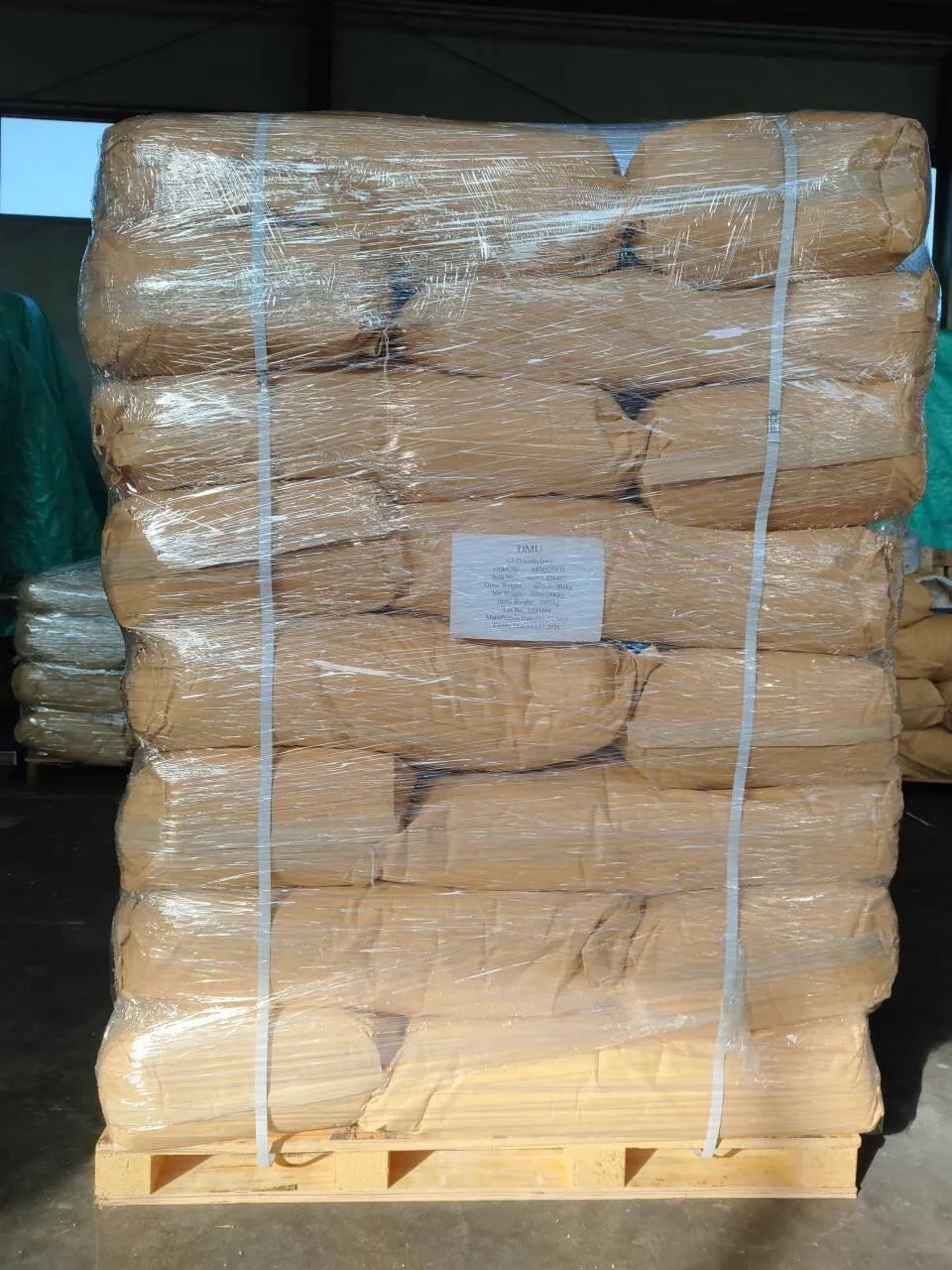additives used in plastic manufacturing
In the vibrant world of plastic manufacturing, the strategic use of additives transforms raw polymers into versatile and high-performing materials. These additives play a crucial role, influencing properties such as flexibility, strength, durability, and aesthetics. Through years of industry-driven innovation and research, experts in plastic production have refined their understanding of these additives, ensuring they meet evolving market demands while adhering to stringent safety standards.
Experience in the plastic industry highlights several additive categories each uniquely contributing to product enhancement. For instance, plasticizers are indispensable for increasing the flexibility of materials like PVC, which are integral to products ranging from garden hoses to vinyl flooring. Through direct collaboration with manufacturers, we've observed how selecting the right blend and concentration of plasticizers can drastically alter product performance and consumer satisfaction.
Flame retardants are another essential class of additives, providing essential safety features required in electronic appliances, automotive parts, and construction materials. Drawing from extensive case studies, effective flame retardant integration can mean the difference between regulatory acceptance and continued product revisions. Expertise in this area is demonstrated by understanding complex regulatory landscapes and tailoring solutions that achieve desired safety outcomes without sacrificing material integrity.
Stabilizers, often utilized for preserving polymer integrity under environmental stressors, are key for products exposed to harsh conditions. UV stabilizers, in particular, play a pivotal role in preventing degradation caused by sunlight in outdoor applications. Industry professionals have discovered that choosing the appropriate stabilizers not only extends product lifespan but also retains product quality over time, contributing directly to reduced maintenance costs and improved consumer perception.
The importance of colorants cannot be understated in an industry where aesthetics can dictate market success. Through experience, it’s clear that the choice of pigments and dyes extends beyond mere color matching. They must align with regulatory standards, not react adversely with other material components, and maintain vibrancy throughout the product's lifecycle. Professional insight here involves a nuanced balance between creative vision and scientific precision.additives used in plastic manufacturing
Filling agents, which are often overlooked, contribute significantly to enhancing the mechanical properties of plastics while reducing production costs. Their application is particularly noted in automotive and consumer goods industries, where weight reduction and material strength are paramount. Collaborating with top-tier engineers, we’ve realized how innovative uses of fillers like calcium carbonate or glass fibers can result in light-weight while retaining strength in end-products, offering tangible cost-saving opportunities.
A commitment to authoritativeness and trustworthiness in the plastic manufacturing domain drives ongoing research and development. Leading manufacturers often partner with academic institutions, providing a feedback loop that encourages pioneering advancements in additive technology. This collaboration ensures new additives are not only effective but also sustainable, meeting growing consumer demands for environmentally responsible products.
The future of additives in plastic manufacturing remains promising with the introduction of bio-based and recycled additives. These innovations, supported by extensive field testing, are already transforming traditional industry norms, paving the way for sustainable development. By leveraging the collective expertise of industry veterans, chemists, and environmental scientists, the plastic manufacturing industry continues to evolve, aligning product performance with global sustainability goals.
In conclusion, the strategic use of additives in plastics encompasses an intricate balance of science, innovation, and market insight. As new challenges and opportunities arise, manufacturers equipped with deep expertise and experience will continue to lead the charge, delivering products that meet rigorous standards while driving industry evolution towards a more sustainable and efficient future.
More product recommendations



